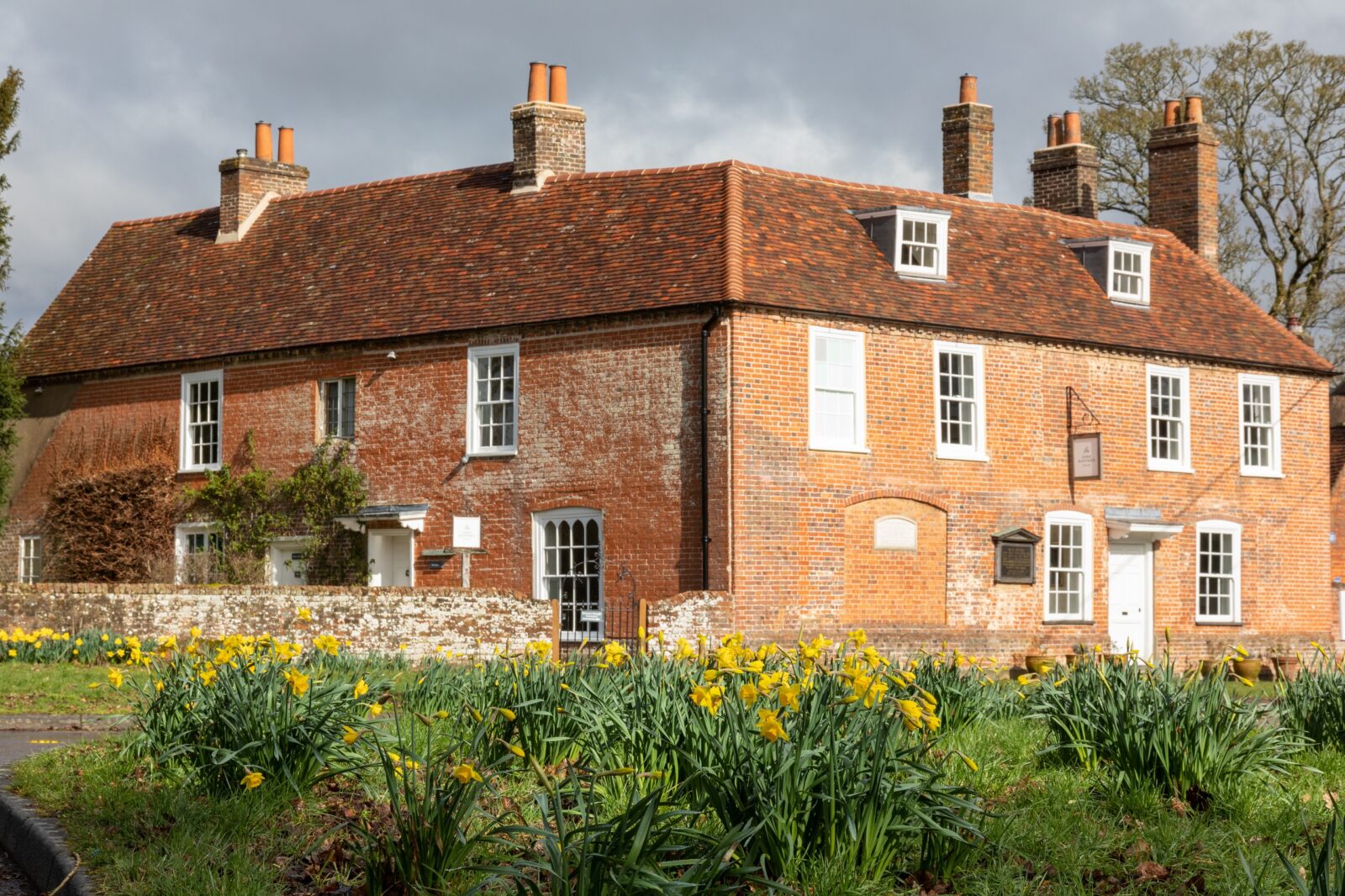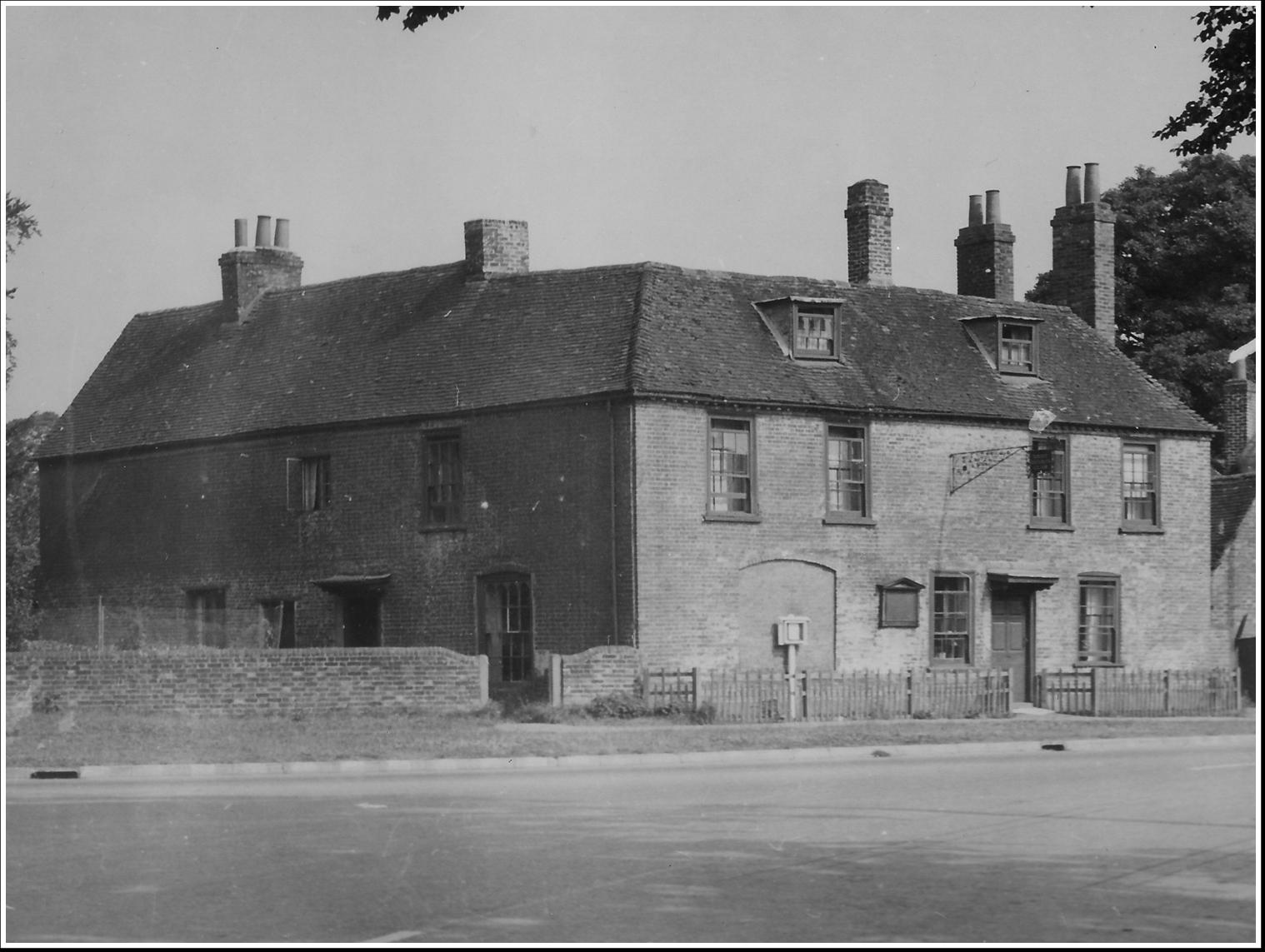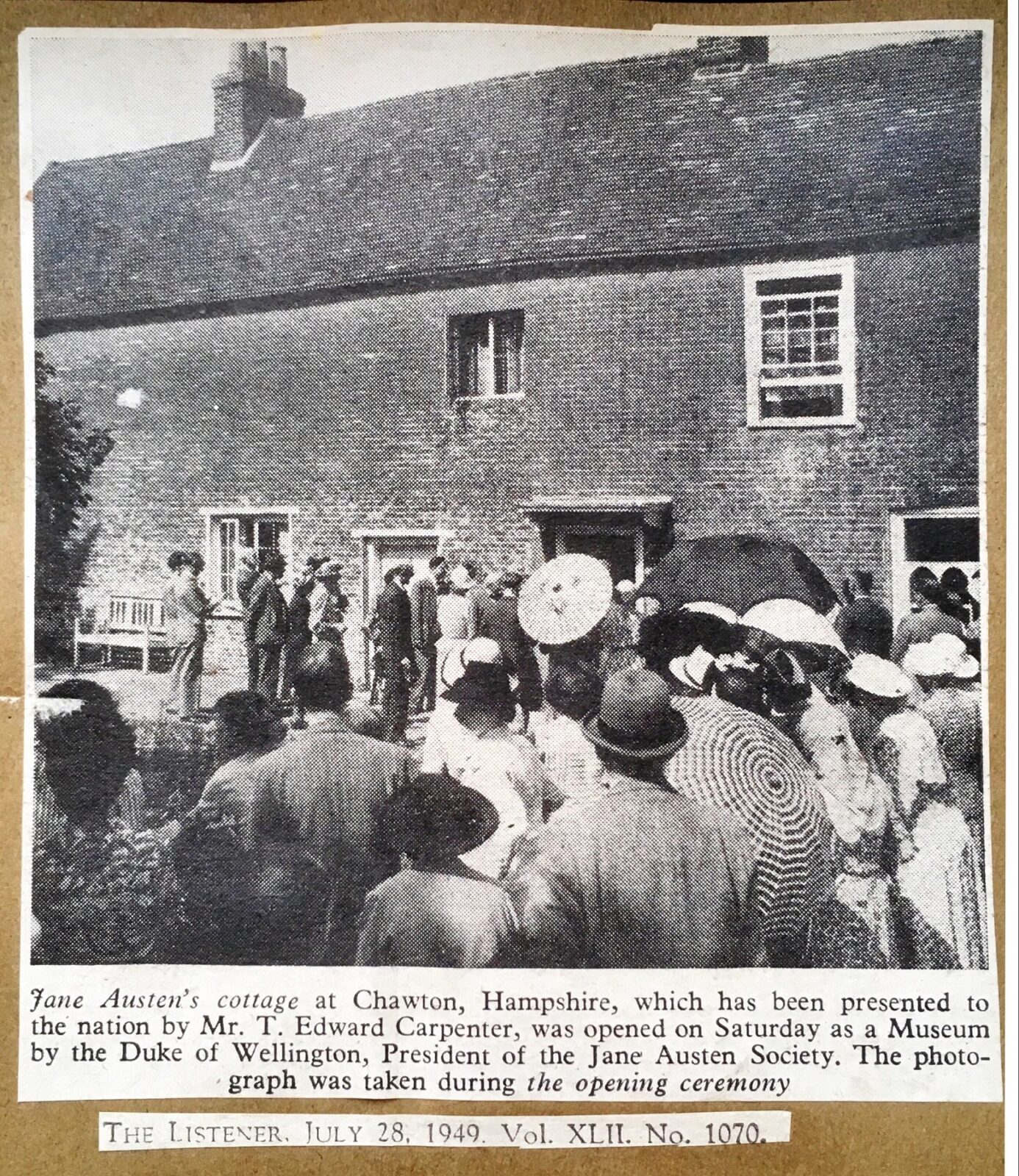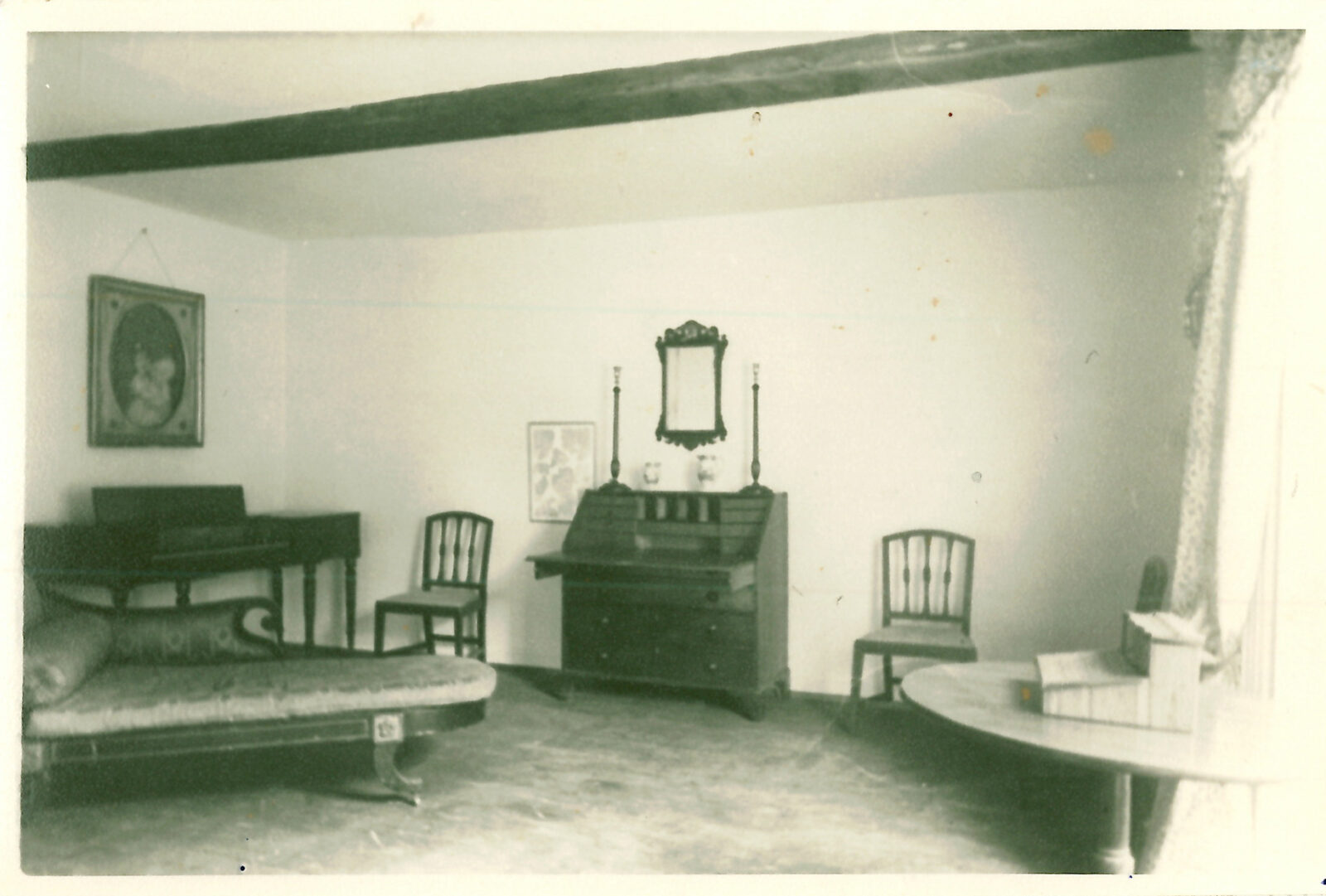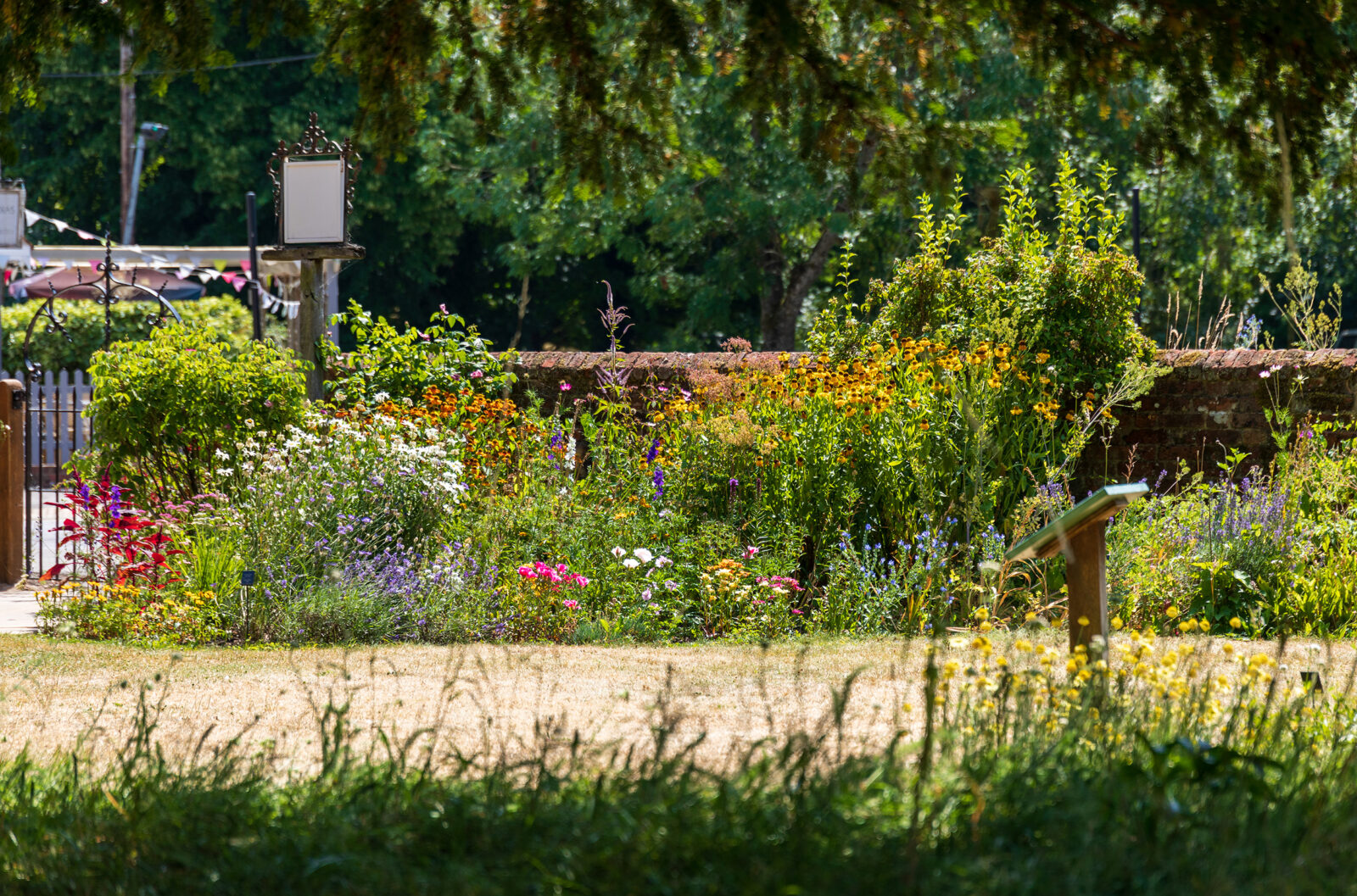A Short History of Jane Austen’s House
Jane Austen’s House in Chawton, Hampshire, was Jane Austen's final home. It was within these walls that Jane wrote and revised her six beloved novels. It is the most treasured Austen site in the world.Jane Austen lived in this inspiring Hampshire cottage for the last eight years of her life. Here her genius flourished and she wrote, revised and had published all six of her globally beloved novels: Sense and Sensibility, Pride and Prejudice, Mansfield Park, Emma, Northanger Abbey and Persuasion.
Today, Jane Austen’s House is a cherished museum with an unparalleled collection of Austen treasures, including items of furniture, paintings and household objects. Visitors can discover Jane’s personal letters and first editions of her novels, items of jewellery that she cherished, portraits of her friends and family, and the tiny writing table at which she wrote.
The story of the House begins around 500 years ago, when a thatched, timber dwelling was built here for use as a farmhouse and then as a coaching inn.
In 1769 the House was purchased by the Knight family, distant relatives of the Austens, and became part of their Chawton estate, occupied by the bailiff. When Mr and Mrs Knight did not have children of their own, they formally adopted Jane’s brother Edward as their heir.
In 1809, Edward offered his mother and sisters this small house on his Chawton estate. They moved here in July 1809, together with their friend Martha Lloyd. Together, they formed a stable and comfortable female household.
Jane lived in this house for the last eight years of her life, but in May 1817, after a period of ill health, she left Chawton to seek medical treatment in Winchester. She died two months later, on 18 July 1817, and was buried in Winchester Cathedral.
Mrs Austen and Cassandra continued to live at the House for the rest of their lives. After Cassandra’s death in 1845, the house returned to the Chawton Estate; it was divided into three dwellings for estate workers and was also used as an estate office and a working men’s club.
In 1940 Dorothy Darnell, a local woman, founded the Jane Austen Society with the aim of saving the House. The Society attracted the attention of a benefactor, Mr. T.E. Carpenter, who personally acquired the House for the sum of £3000, and endowed it to the nation as a permanent memorial to his son, Philip Carpenter, who had been killed in action in Italy in 1944, aged just 22.
Mr Carpenter set up the Jane Austen Memorial Trust to run the House as a Museum, and it was formally opened by the Duke of Wellington on 23 July 1949.
At the time of opening, the House was still occupied by tenants and only the front room was publicly accessible. Later, as the tenants left, more rooms were opened to visitors. The Jane Austen Society was instrumental in funding repairs and in building the Museum’s collection.
Over the last 70 years many parts of the House have been restored and the interior has been restyled to take it back to the time when the Austens lived here. Today, we continue to undertake repairs and maintenance that will help to preserve the House for generations to come.
Today, Jane Austen’s House is a Grade I listed building, an accredited Museum, and one of the most important literary sites in the world.
It holds an important collection of objects associated with Jane Austen, including her jewellery, first editions of her books, furniture, textiles and the table at which she wrote her much-loved novels. Find out more.
There is also a beautiful cottage garden. Find out more.
Find out more about the architectural history of the house in our Austen Wednesdays special ⬇️
In 2020, leading design agency Pentagram developed a new brand identity for Jane Austen’s House. Find out more.
In 2021, we completed a major roof restoration project. Find out more.
Jane Austen’s House is a registered charity in receipt of no regular public funding. We are hugely grateful to our visitors and our audiences worldwide, for all their support.
